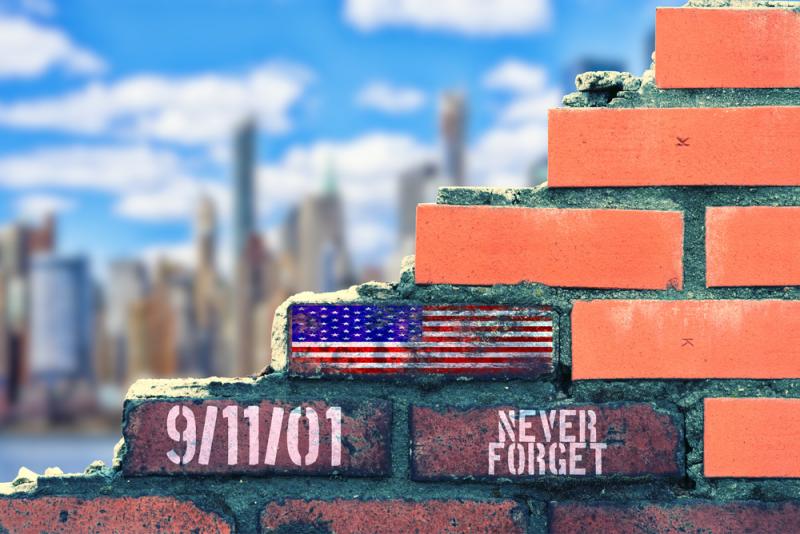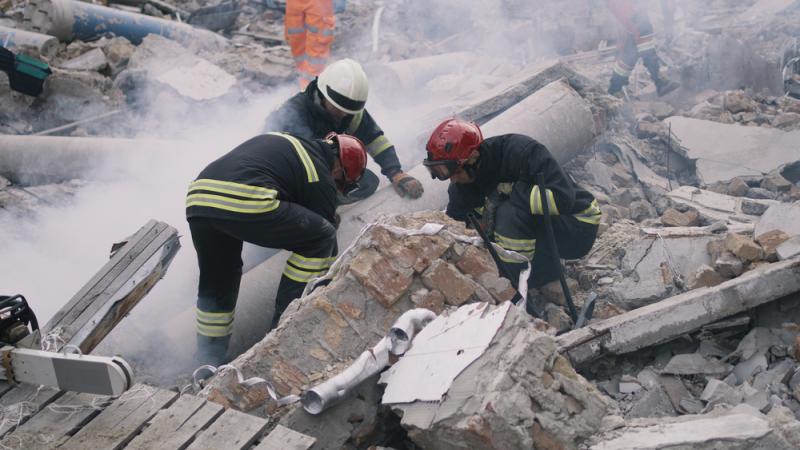Two Decades Later: 4 Long-Term Health Effects Of 9/11 To Survivors And Responders

‘Where were you on 9/11?’
It’s a question that often gets asked in the run-up to or on the anniversary of the World Trade Center (WTC) attacks. Many were unfortunate enough to be close to Ground Zero, witnessing the mighty towers crumbling. Others watched the tragedy unfold from a safe distance, sharing the pain that all of America felt that day.
Wherever they were, 9/11’s effects have persisted more than two decades later, especially in health. More than 110,000 responders and survivors are beneficiaries of the WTC Health Program (WTCHP), each with at least one qualifying condition. Here are the most prevalent health effects based on the program’s data (in no particular order):
1. Chronic Rhinosinusitis
Chronic rhinosinusitis (more commonly known as chronic sinusitis) affects between 1% and 5% of Americans, according to a 2017 study. Contrary to popular belief, this respiratory condition isn’t an infection but the immune system’s overreaction in the sinuses.
On top of test results, diagnosis requires a person to show at least two of the following symptoms for 12 straight weeks:
- Pain or pressure in the facial area
- Reduced or loss of sense of smell
- Thick green or yellow nasal discharge
- Difficulty breathing due to obstruction
Chronic rhinosinusitis is the most prevalent condition among responders, with more than 28,000 affected. It’s easy to see why: responders were exposed to the deadly cocktail of dust and smoke created by the towers’ collapse. The wealth of irritants in the smoke was a burden to their noses, more so as they spent long hours searching for survivors amid the rubble.
2. Various Cancers
As construction of the WTC began in 1966, a substantial portion of its materials included now-banned ones. For instance, asbestos (which only got banned in 1989) was used for fireproofing the towers’ steel frames. When the towers fell, a potentially cancer-causing plume enveloped the entire area, exposing responders and residents alike.
As a result, the WTCHP and September 11th Victim Compensation Fund (VCF) recognize at least 75 of 911 cancer types and claims. Qualifying for these programs doesn’t necessarily need proof that the person was at or near the disaster site (though it would help one’s case).
If chronic rhinosinusitis is most prevalent among responders, cancers are among survivors. Roughly 12,000 survivors are afflicted with at least one type of 9/11 cancer. The following cancers constitute half of all cases admitted under the WTCHP:
- Prostate cancer (21%)
- Breast cancer (16%, all females)
- Non-melanoma skin cancer (14%)
The program also qualifies cases of rare cancers or those with only 15 reported cases per 100,000 people annually. You can go here for the list, but it isn’t limited to those specified.

3. Gastroesophageal Reflux Disease (GERD)
A study published in the American Journal of Gastroenterology a decade after the 9/11 attacks found a link between WTC dust and GERD. Among the 37,000 responders and survivors in the study, one in five reported symptoms of GERD three years after the attacks. Six years later, one in 10 still have them.
The most common symptoms associated with GERD include heartburn and regurgitation. However, according to the National Institute of Diabetes and Digestive and Kidney Diseases, the absence of either doesn’t necessarily mean a person isn’t positive for the disease. Other symptoms can come as complications from other existing conditions, such as:
- Pain or difficulty swallowing
- Persistent nausea or vomiting
- Blood in the vomit or stool
- Incessant coughing
- Sudden weight loss
- Loss of appetite
Chronic rhinosinusitis and GERD comprise roughly half of all WTCHP cases, the latter being the second most common. It’s also worth noting that some people with this disease may also have post-traumatic stress disorder (PTSD). The bleakness responders went through on that day can lead the stomach to produce too much acid.
4. Sleep Apnea
Researchers say people with any of the aforementioned health conditions may also suffer from sleep apnea. Two studies conducted by the Icahn School of Medicine at Mount Sinai reported that the resulting inflammation from inhaling WTC dust contributes to sleep apnea, which also puts people at risk of cardiovascular disease.
There are two types of sleep apnea. Most people are familiar with obstructive sleep apnea, where relaxing throat muscles block the airway, causing sleep-disturbing snoring. However, there’s also central sleep apnea, where the brain doesn’t coordinate with breathing muscles. In several cases, a person can have both.
The number of WTCHP beneficiaries with sleep apnea is highly disproportionate, with no less than nine responders for every survivor with the condition.
Conclusion
Over 20 years later, tens of thousands of victims still struggle with health conditions caused by 9/11, and that number continues to increase every year. Most qualifying diseases require a long-term treatment plan, which people would have to pay out of pocket if not for programs such as the WTCHP and VCF.
More to Read:
Previous Posts:








